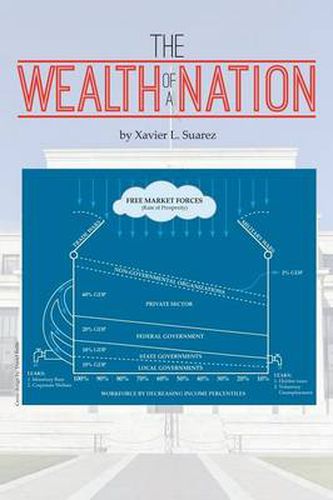Readings Newsletter
Become a Readings Member to make your shopping experience even easier.
Sign in or sign up for free!
You’re not far away from qualifying for FREE standard shipping within Australia
You’ve qualified for FREE standard shipping within Australia
The cart is loading…






This title is printed to order. This book may have been self-published. If so, we cannot guarantee the quality of the content. In the main most books will have gone through the editing process however some may not. We therefore suggest that you be aware of this before ordering this book. If in doubt check either the author or publisher’s details as we are unable to accept any returns unless they are faulty. Please contact us if you have any questions.
The Great Depression of 1929 was similar to the Great Recession of 2008, but not identical, either in its cause or its cure. This book explores the reasons why that is and suggests that the US economy has changed radically in the last half-century--to the point that one must reanalyze the theories of the four great economists, with a view to synthesizing and applying their separate bits of wisdom into a compatible, modern diagnosis of recessions and prescription for curing and avoiding them. Buttressed on the brilliant reinterpretation of Keynes by Princeton's Allan Meltzer, and on the writings of modern commentators and academics, the author weaves together a readable explanation of what nowadays passes for the "liberal" view and the "conservative" view. Numerous examples are given of specific industries and enterprises, of joint public-private projects, and of the interdependence between government and the free market. Vignettes and quotes are also offered of the great deeds, as well as the dismal failures of policies implemented by Teddy and Franklin Roosevelt, Ronald Reagan, Bush father and son, Jimmy Carter, Bill Clinton, and Barack Obama. In the end, a tantalizing fusion is achieved of the best elements of Keynesianism, monetarism, and free-market economics. And all the time, the level of discussion is reachable by all and interesting to all who have even a minimal interest in the history and politics of economic theory.
$9.00 standard shipping within Australia
FREE standard shipping within Australia for orders over $100.00
Express & International shipping calculated at checkout
This title is printed to order. This book may have been self-published. If so, we cannot guarantee the quality of the content. In the main most books will have gone through the editing process however some may not. We therefore suggest that you be aware of this before ordering this book. If in doubt check either the author or publisher’s details as we are unable to accept any returns unless they are faulty. Please contact us if you have any questions.
The Great Depression of 1929 was similar to the Great Recession of 2008, but not identical, either in its cause or its cure. This book explores the reasons why that is and suggests that the US economy has changed radically in the last half-century--to the point that one must reanalyze the theories of the four great economists, with a view to synthesizing and applying their separate bits of wisdom into a compatible, modern diagnosis of recessions and prescription for curing and avoiding them. Buttressed on the brilliant reinterpretation of Keynes by Princeton's Allan Meltzer, and on the writings of modern commentators and academics, the author weaves together a readable explanation of what nowadays passes for the "liberal" view and the "conservative" view. Numerous examples are given of specific industries and enterprises, of joint public-private projects, and of the interdependence between government and the free market. Vignettes and quotes are also offered of the great deeds, as well as the dismal failures of policies implemented by Teddy and Franklin Roosevelt, Ronald Reagan, Bush father and son, Jimmy Carter, Bill Clinton, and Barack Obama. In the end, a tantalizing fusion is achieved of the best elements of Keynesianism, monetarism, and free-market economics. And all the time, the level of discussion is reachable by all and interesting to all who have even a minimal interest in the history and politics of economic theory.